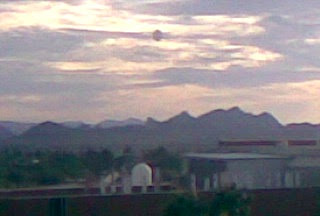
I have completely redone this post. Paul Iniguez posted a Comment that linked to a nice looping tool for the model forecasts. I was browsing this tool and noticed that I posted the wrong verifying analysis in the original post! Twelve hours can make quite a difference!
Back on October 23rd I posted the 168 hour forecasts (from 23/12Z observations) of the operational versions of the ECMWF and the GFS. These 500 mb forecasts verified at 12Z this morning (30 October). They are posted below and if interested one can scroll down and assess how well the forecasts did wrt the verifying analysis at 500 mb (posted above).
You'll see that the models were each off about a quater of a wavelength for the deep trough over the central US. The ECMWF was too slow, especially for the southwestern end of the trough. Whereas, the GFS was too fast. Both models had troubles with the following trough off the Pacific coast.
A quick scan of the verifying analysis heights vs the forecast heights indicates that the GFS had heights too low by about 450 m off the northwest WA coast and the ECMWF had heights about 250 m too low over southern Arizona.
But, all-in-all, model performance at 5 to 7 days was just amazingly good from my old-timer perspective!



























